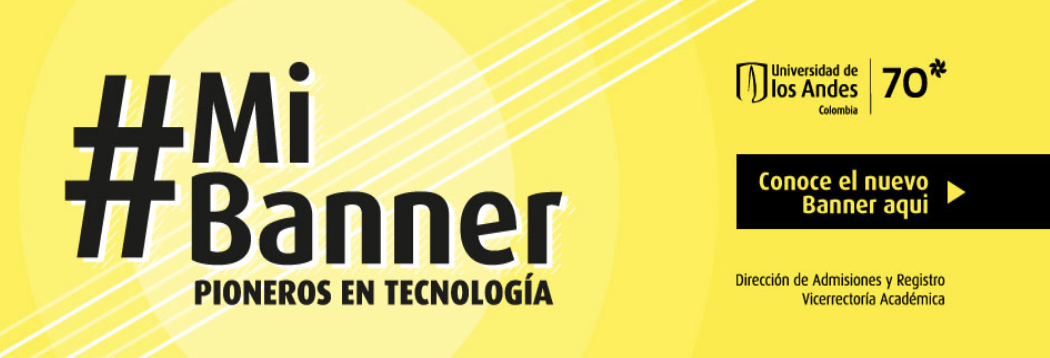Description
For the first time in history, today more people live in urban areas than in the countryside. According to a 2009 United Nations report, over half of the world’s roughly seven billion inhabitants reside in cities and this proportion is predicted to increase to over 70% by 2050. The majority of the fastest growing cities in the world are in developing countries. The study of this phenomenon, and the urban form of life, is obviously more important than ever. This course approaches the city from different angles: history, economy, politics, society, and culture. Within these different fields we will examine the interrelation between the city and human development; between the city, the economy and globalization; between the city and forms and practices of everyday life; between the city, art and popular culture; and between technology and the future of the city. More specifically we will explore questions relating to the emergence of cities; factors that contribute to the continuing urbanization of the world; cities’ structures and shapes; urban politics and the challenges of urban planning; forms and problems of urban life and culture; imaginations and representation of cities across time; and how the city of the future can be imagined and planned.



